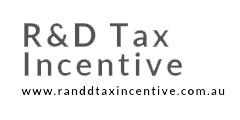1. Is the corporate structure appropriate?
Only incorporated entities are eligible to claim the R&D Tax Incentive. However, if a company is controlled by a non-eligible entity such as a trust, then it will only be able to claim the 38.5% non-refundable tax offset, even if the turnover is below $20 million. This means that the offset will be carried forward rather than cashed out immediately.


2. Are any payments made to associates?
For companies claiming the 38.5% refundable tax offset, payments to associates need to be made during the year of claim to be able to attract the offset. Otherwise, these expenses can be claimed when the payment is made in later years.

4. Who retains the IP?
Often the IP ownership can be a contentious issue, and it is recommended that records are maintained that can substantiate that the results of the R&D can be exploited by the client. Agreements with service providers and customers should be reviewed to ensure compliance with this requirement.
At the end of the day, clients are wanting maximum returns for their investment, and the R&D Tax Incentive is there to assist them to reach their goals faster.
3. What records are being kept?
For R&D Tax claims, it’s not only financial records, such as time sheets and invoices that matter. Clients must also keep records of technical nature that can prove the nature of R&D work undertaken. These records may include minutes of meetings, trial logs, memos, patent searches, agreements, product specs, etc.

